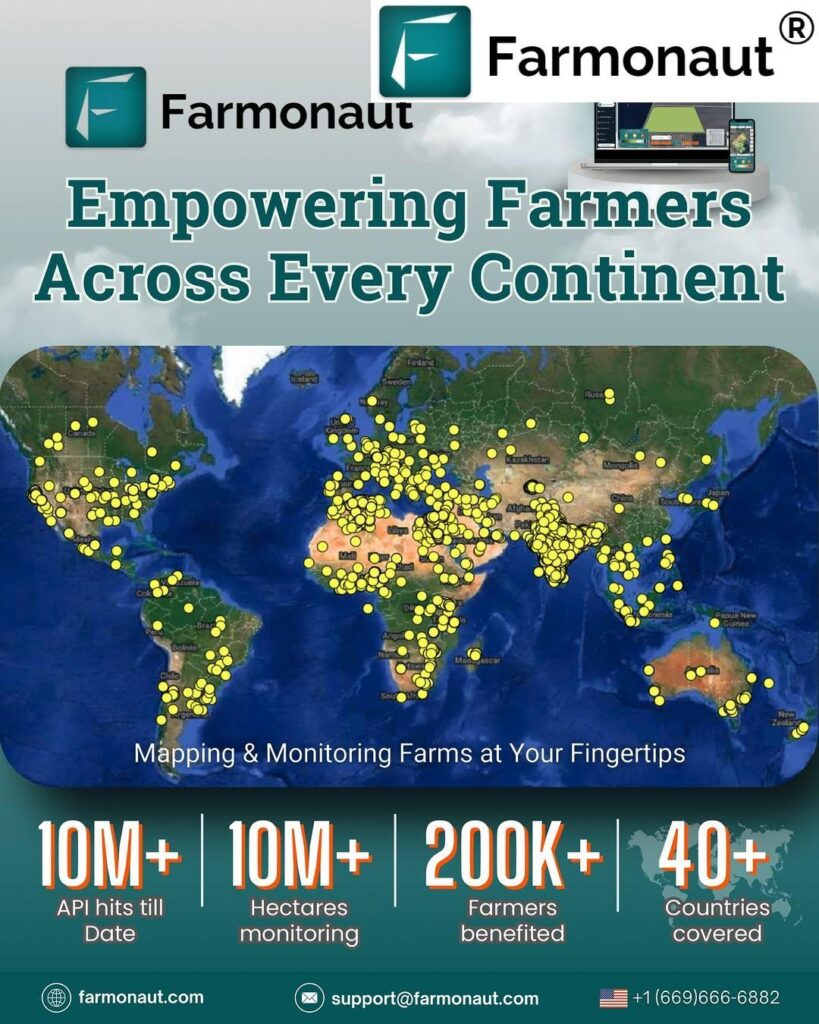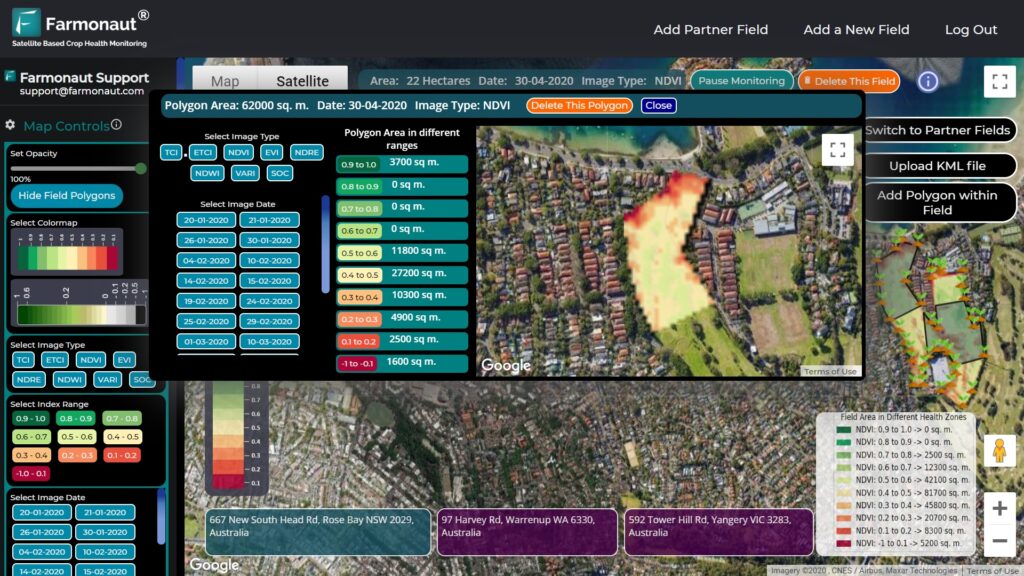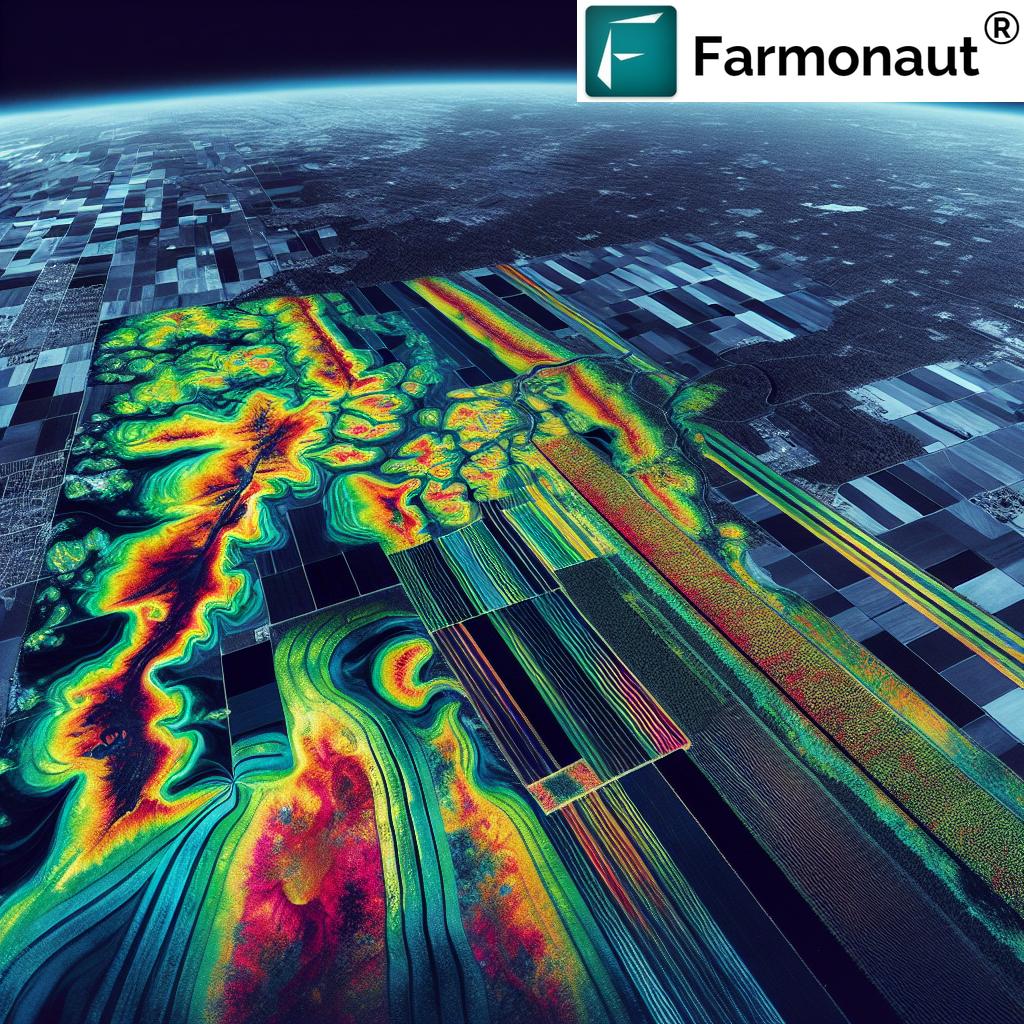5 Effective Flood Mitigation Strategies in Malaysia
Floods represent a significant natural disaster challenge for Malaysia. As we confront climate change and increasingly extreme weather events, the need for effective flood management, energy transition and water management, and environmental sustainability has never been more vital. Our government, led by dedicated officers and guided by global best practices, is continuously evolving its approach—most notably with new strategies like constructing multi-purpose water reservoirs and integrating technology for climate adaptation.
In this comprehensive guide, we explore proven flood mitigation strategies, best water resource practices, and the transition to renewable energy for a stable, resilient, and sustainable future in Malaysia. Our focus is not only on reducing the impact and losses caused by natural disasters, but also on ensuring that our citizens, especially those living in high-risk zones, enjoy continued safety, prosperity, and a better quality of life.
“Malaysia invested over RM2.5 billion in flood mitigation projects between 2016 and 2022 to enhance public safety.”
Climate Change and Extreme Weather: How Floods Are Affecting Malaysia
Malaysia’s position in the tropics exposes us to intense rainfall, thunderstorms, and strong winds. Due to global climate change, our weather patterns have shifted rapidly. We now see higher frequency of severe floods, flash floods, and waterlogging in urban and rural areas. These disasters lead to significant financial losses and often disrupt essential services—requiring urgent, coordinated efforts for mitigation and sustainable development.
Our nation has observed increasing annual rainfall and changing monsoon seasons. Even places that never experienced flooding before are now being inundated, demanding new approaches and rapid response. The shifting climate endangers socioeconomic progress, public health, and food security.
Key Challenges: Why Flood Mitigation Is Urgent for Malaysia
- Population Exposure: Approximately 4.8 million Malaysians currently reside in flood-prone areas.
- Economic Losses: During one major flood, the country lost over RM3 billion in damage and recovery expenses.
- Intense Rainfall: In some events, a day’s rainfall can match an entire month’s historical average.
- Water Resource Management: Dry seasons cause droughts, yet floods waste large volumes of vital rainwater.
- Sustainable Development: Rapid urbanization and mismanaged land use increase flood risk and reduce the environment’s water retention capacity.
To address these major challenges, the government is adopting multiple strategies and investing in advanced water management—including the construction of multi-purpose reservoirs—to both store large volumes of rainwater for dry seasons and ensure a stable water supply during droughts. These approaches are critical for reducing the impact of natural disasters, adapting to climate change and extreme weather, and meeting our renewable energy targets.
5 Effective Flood Mitigation Strategies in Malaysia
In light of new weather challenges, Malaysia’s government, Ministry of Energy Transition and Water Transformation, and associated bodies are implementing these five core flood mitigation strategies:
1. Multi-Purpose Water Reservoirs: The Backbone of Modern Flood Mitigation Strategies
Our flagship strategy is the construction and management of multi-purpose water reservoirs. This approach, led by the government and promoted by our Deputy Prime Minister, is central to ensuring both flood mitigation and water security.
- Flood Control: During periods of intense rainfall, these reservoirs store large volumes of rainwater. By capturing excess runoff, we reduce river overflow, urban flash floods, and high flood peaks downstream.
- Drought Relief: The stored water becomes a key source during dry seasons or drought. The water can be treated and distributed for drinking, irrigation, industry, and more, ensuring a stable supply during droughts.
- Multi-use Infrastructure: Reservoirs often support renewable energy generation (such as small hydroelectric power), contribute to agricultural irrigation, and serve as community recreation zones.
- Example of Implementation: This multi-purpose approach is now a cornerstone of the Malaysian government’s efforts to mitigate the impact and financial losses from floods.
By enabling us to reserve water for emergencies, multi-purpose reservoirs are fundamental to our climate adaptation strategy, integrate energy transition and water management, and directly support reducing the impact of natural disasters in Malaysia.
Need real-time water monitoring data?
Access satellite insights and weather analytics for smarter agricultural and resource planning via the Farmonaut API.
Developer? See our API Docs.
2. River Restoration and Flood Bypass Channels: Adapting to Changing Weather Patterns
To mitigate floods caused by increasing rainfall and urbanization, we implement river restoration and design flood bypass channels. These interventions restore natural river courses, enhance floodplains, and provide controlled outlets for floodwaters.
- Flood Bypass Channels: Strategically constructed channels and diversions can reduce stress on main rivers during extreme weather, directing excess water into low-impact zones, temporary holding basins, or wetlands.
- Natural River Engineering: Rehabilitating riverbanks, removing barriers, and creating overflow zones increases a river’s capacity to cope with floods. This reduces urban flash flooding and prevents upstream waterlogging.
- Urban-Rural Transitions: Bypass projects are especially valuable in putting buffer areas between urban settlements and flood-prone rivers—vital for high-density cities like Kuala Lumpur or George Town.
- Resilience: These strategies, though involving substantial upfront investment, deliver long-term risk reduction for millions of Malaysians and safeguard national infrastructure.
3. Modernization of Urban Drainage: Addressing Intense Rainfall in Malaysia’s Cities
In rapidly urbanizing regions of Malaysia—where high population density concentrates financial assets and infrastructure—the overhaul of urban drainage systems is critical to adapt to climate change.
- Smart Drainage Infrastructure: Upgrading to larger pipes, constructing stormwater pump stations, and fitting real-time sensors allow us to manage flash floods more effectively.
- Green Urban Design: Introducing permeable pavements, bioswales, and rooftop gardens enables cities to naturally absorb and store runoff, reducing pressure on drainage outlets during periods of intense rainfall.
- Integrated Planning: Coordinated city, state, and national planning aligns urban development with flood risks, ensuring new housing and commercial zones do not block traditional water escape routes.
- Financial Impact: Modern drainage significantly reduces financial losses from floods in major commercial hubs.
Monitor urban green spaces, soil moisture, and drainage health with Farmonaut’s Large-Scale Farm Management Tools. These solutions help governments and planners maintain and improve sustainable urban and peri-urban landscapes, enhancing water retention and resilience.
4. Nature-Based Solutions and Sustainable Land Use: Building a Resilient Country
A key pillar of flood mitigation strategies involves protecting, restoring, and leveraging nature. Healthy wetlands, mangroves, forests, and grasslands act as fantastic flood sponges.
- Mangrove and Wetland Restoration: These natural systems absorb and slow down floodwaters, reduce erosion, and trap sediments—protecting inland areas from coastal surges or river overflow.
- Forest Conservation: Intact forests regulate rainfall runoff and reduce the likelihood of landslides and flash floods by increasing soil water storage and minimizing rapid surface flow.
- Sustainable Agricultural Practices: Promoting cover cropping, agroforestry, and minimal tillage amongst Malaysia’s smallholders and agribusinesses keeps soils resilient and hydrologically healthy.
- Land Use Policies: Government-led zoning and reforestation campaigns around high-risk river basins and lowlands fortify the country’s natural flood defense.
For rural regions, adopting earth-friendly practices not only enhances flood resilience, but supports biodiversity, ecosystem services, and local livelihoods. Nature-based solutions also help us reach carbon footprint reduction goals—a core part of Malaysia’s energy transition and water management policies.
5. Community Engagement and Early Warning Systems: Reducing Impact and Saving Lives
Flood mitigation is more than just engineering; it requires a well-informed, prepared population. Our commitment to public safety and loss reduction is reflected in widespread community engagement and investment in advanced early warning systems.
- Public Awareness Campaigns: Education on emergency preparedness, evacuation protocols, and flood risk helps Malaysians in high-risk zones make informed, life-saving decisions.
- Smart Monitoring Technology: National agencies and NGOs utilize real-time rainfall, stream, and flood monitoring—powered by satellite and IoT sensors. These systems feed directly into the government’s disaster risk management dashboards.
- Community-based Risk Reduction: Locally led, grassroots initiatives foster community mapping of risk zones, flood drills, and response networks, particularly important in remote or rural districts.
- Insurance and Crop Protection: Access to reliable, satellite-verified crop insurance solutions helps rural farmers reduce economic losses. Digital platforms enable quicker claim verification and payouts.
All of these initiatives contribute to reducing the impact of natural disasters, lessening the financial impact both on the people and the country, and supporting sustainable, inclusive development.
Flood Mitigation Strategy Comparison Table
| Strategy Name | Description | Estimated Effectiveness (% reduction in flood risk) |
Government Involvement Level | Estimated Implementation Cost (RM million) |
Environmental Sustainability | Notable Examples |
|---|---|---|---|---|---|---|
| Multi-purpose Water Reservoirs | Large reservoirs for flood control, water storage, and drought mitigation | 60–80% | High | 300–1200 | Medium–High | Sungai Muda Reservoir, Sg Selangor Dam |
| River Restoration & Flood Bypass | Rehabilitation and expansion of rivers; bypass channels to release overload | 50–75% | High | 350–700 | High | Sg. Klang Bypass, SMART Tunnel |
| Urban Drainage Modernization | Smart drainage upgrades, green infrastructure in cities | 45–70% | High | 250–1000 | Medium | Klang Valley, Johor Bharu, Penang Cities |
| Nature-based Solutions | Wetland & mangrove restoration, forest conservation, sustainable agriculture | 35–60% | Medium | 100–350 | High | Kuala Selangor Wetland, Pulau Kukup, Ulu Muda Forests |
| Community Engagement & Early Warning | Education, public warning systems, satellite monitoring, micro-insurance | 25–50% | Medium | 50–180 | High | MET Malaysia, JPS, Farmonaut digital platforms |
Energy Transition and Water Management: A Sustainable Path Forward
As stated by our Deputy Prime Minister during the key delegation visit to London (United Kingdom), achieving a stable water supply during droughts and making comprehensive energy transition is pivotal to our national agenda. Our Ministry of Energy Transition and Water Transformation is committed to raising renewable energy targets to 70% by 2050 (from 28% currently). This addresses both flood mitigation strategies and national energy security.
- Hydro-based Renewable Energy: Multi-purpose water reservoirs help achieve both energy and flood reduction goals through small hydropower integration.
- Smart Water Management: Efficient collection, storage, and distribution of treated water is essential for agriculture, industry, and urban needs.
- Resilient Infrastructure: National investments support financeable, climate-adapted development, empowering Malaysia’s energy transition and water management efforts nationwide.
- Sustainable Resource Management: Water must be managed for multiple uses (drinking, irrigation, sanitation), maximizing efficiency while preserving natural flow regimes for ecosystems and communities.
These progressive policies ensure we reduce losses caused by natural disasters and foster a culture of sustainability in public and private sectors alike.
Farmonaut Technologies for Sustainable Water, Energy & Disaster Management
The challenges of climate change and extreme weather make high-frequency, high-accuracy data essential for decision-making. Farmonaut, as a pioneering agricultural technology firm, empowers Malaysian farmers, agribusinesses, and government agencies with satellite-driven, AI-powered solutions:
- Satellite Crop Health Monitoring: Observe vegetation health (NDVI), soil moisture, and weather vulnerabilities. Timely detection enables farmers to minimize crop losses during floods or droughts.
- AI-driven Advisory: Personalized, real-time farming advice and crop management help users plan resource allocations in unpredictable climates, supporting resource efficiency and disaster adaptation.
- Fleet and Resource Management: Efficiently coordinate machinery, reduce costs, and enhance safety with Fleet Management Solutions, particularly useful in large estates, plantations, and during emergency flood responses.
- Blockchain Traceability: Track and verify every stage of the supply chain—essential for food safety, insurance, and maintaining integrity during post-flood recoveries.
- Carbon Footprinting: Track and reduce your environmental impact to comply with government targets and drive long-term sustainability.
By integrating these advanced tools through a single web platform, iOS/Android mobile apps, or API, Farmonaut helps all stakeholders adapt to changing weather patterns, reduce impact of natural disasters, and enhance national food and water security.
“Over 4.8 million Malaysians live in flood-prone areas, emphasizing the need for sustainable water management strategies.”
Frequently Asked Questions: Flood Mitigation, Water Management & Climate Adaptation
What are the main causes of floods in Malaysia?
The main contributors include intense rainfall due to climate change, poor urban drainage, rapid urbanization, loss of wetlands and forests, and rising sea levels affecting coastal zones. Increasing storm frequency, especially during the year-end monsoon and seasonal thunderstorms, places added pressure on our communities and infrastructure.
How does Malaysia manage water resources during drought and flood seasons?
The government implements a combination of multi-purpose water reservoirs, improvement of urban drainage systems, river restoration, and deployment of nature-based solutions. These efforts ensure that water is captured during floods and safely stored for droughts, maintaining a stable water supply during dry seasons.
How does energy transition relate to flood mitigation?
Energy transition and water management are closely linked. Hydroelectric dams and reservoirs serve dual purposes: storing floodwater and generating renewable energy, contributing to Malaysia’s ambitious renewable energy targets while increasing national resilience against climate change.
What role does technology play in flood monitoring and mitigation?
Satellite monitoring, IoT sensors, AI-based crop advisory systems, and blockchain for traceability enable real-time flood detection, rapid disaster response, and evidence-based planning. Using platforms like Farmonaut, authorities can track rain patterns, soil moisture, crop health, and infrastructure risks efficiently.
How can the public contribute to reducing flood risks?
As individuals and communities, we can stay informed through public warning systems, participate in local disaster preparedness activities, support sustainable land use, and use technology to report issues or maintain local infrastructure. Digital tools, insurance solutions, and environmentally responsible practices all reduce both individual and national vulnerabilities.
Where can I find more information about Farmonaut’s precision agriculture, fleet management, and traceability?
Visit our Fleet Management,
Product Traceability, and
Carbon Footprinting pages to learn how our solutions enable resource efficiency and transparency across agriculture, food, and environmental sectors.
Conclusion: A Resilient and Sustainable Future for Malaysia
The impact of floods and natural disasters is rising as Malaysia faces unprecedented climate change and extreme weather. By focusing on multi-purpose water reservoirs, river and urban infrastructure upgrades, nature-based solutions, and community engagement, our government is determined to reduce the losses caused by floods and build a safer, more sustainable country for all.
Technology and data-driven management—such as precision tools offered by Farmonaut—strengthen our ability to monitor, predict, and respond to flood risks. Together, as a community, we have the knowledge and solutions to adapt to changing weather patterns and secure a promising, resilient future for Malaysia.
Ready to enhance your water, crop, and climate resilience? Try Farmonaut Apps for precise, sustainable management at your fingertips.













